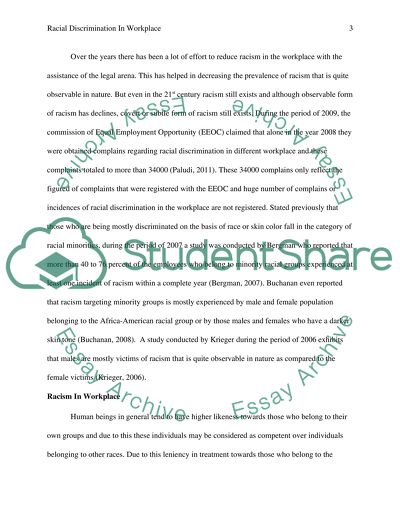Cite this document
(“Causes of Racism and Ways to Lessen it Research Paper”, n.d.)
Retrieved from https://studentshare.org/sociology/1628925-causes-of-racism-and-ways-to-lessen-it
Retrieved from https://studentshare.org/sociology/1628925-causes-of-racism-and-ways-to-lessen-it
(Causes of Racism and Ways to Lessen It Research Paper)
https://studentshare.org/sociology/1628925-causes-of-racism-and-ways-to-lessen-it.
https://studentshare.org/sociology/1628925-causes-of-racism-and-ways-to-lessen-it.
“Causes of Racism and Ways to Lessen It Research Paper”, n.d. https://studentshare.org/sociology/1628925-causes-of-racism-and-ways-to-lessen-it.


